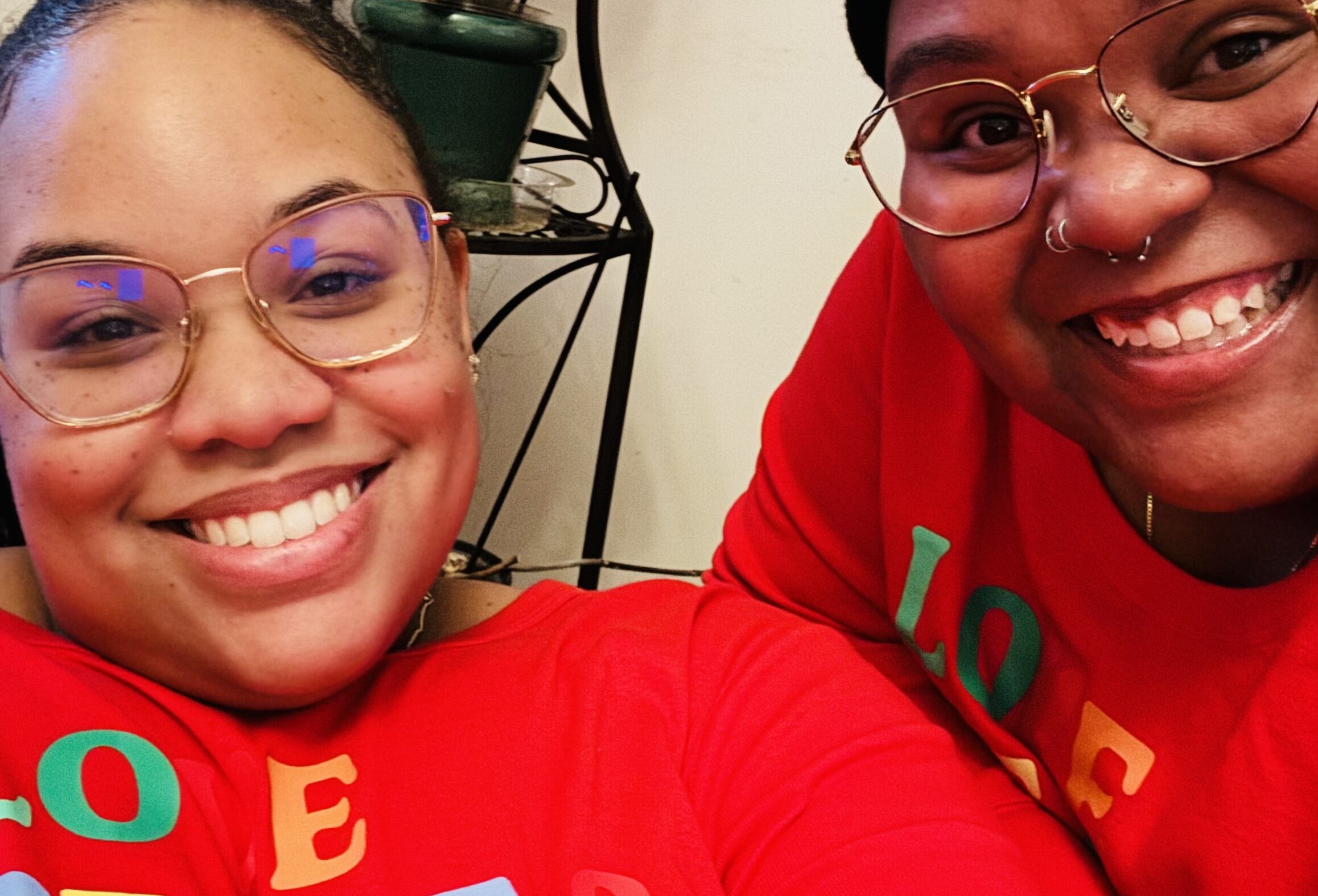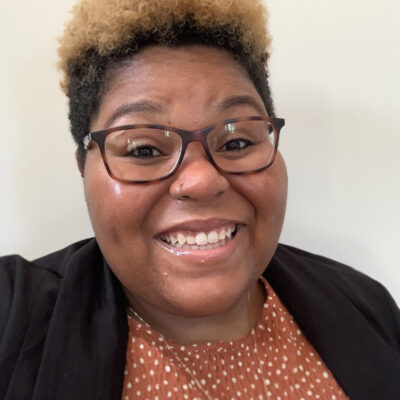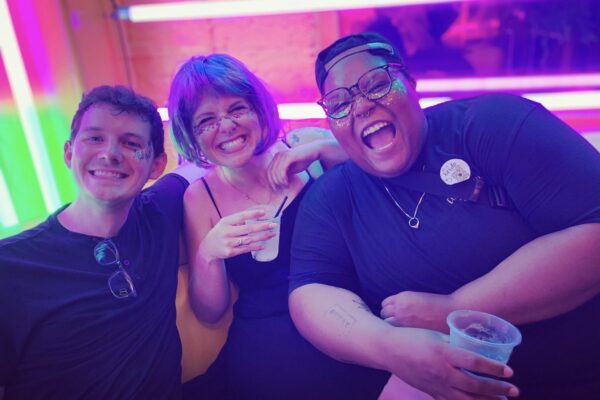Since its inception as a novel in 1982 (and shortly followed by the original film adaptation in 1985), The Color Purple has been a transparent and moving testament to the perseverance of Black womanhood and sisterhood, themes that have been pivotal in my own experience.
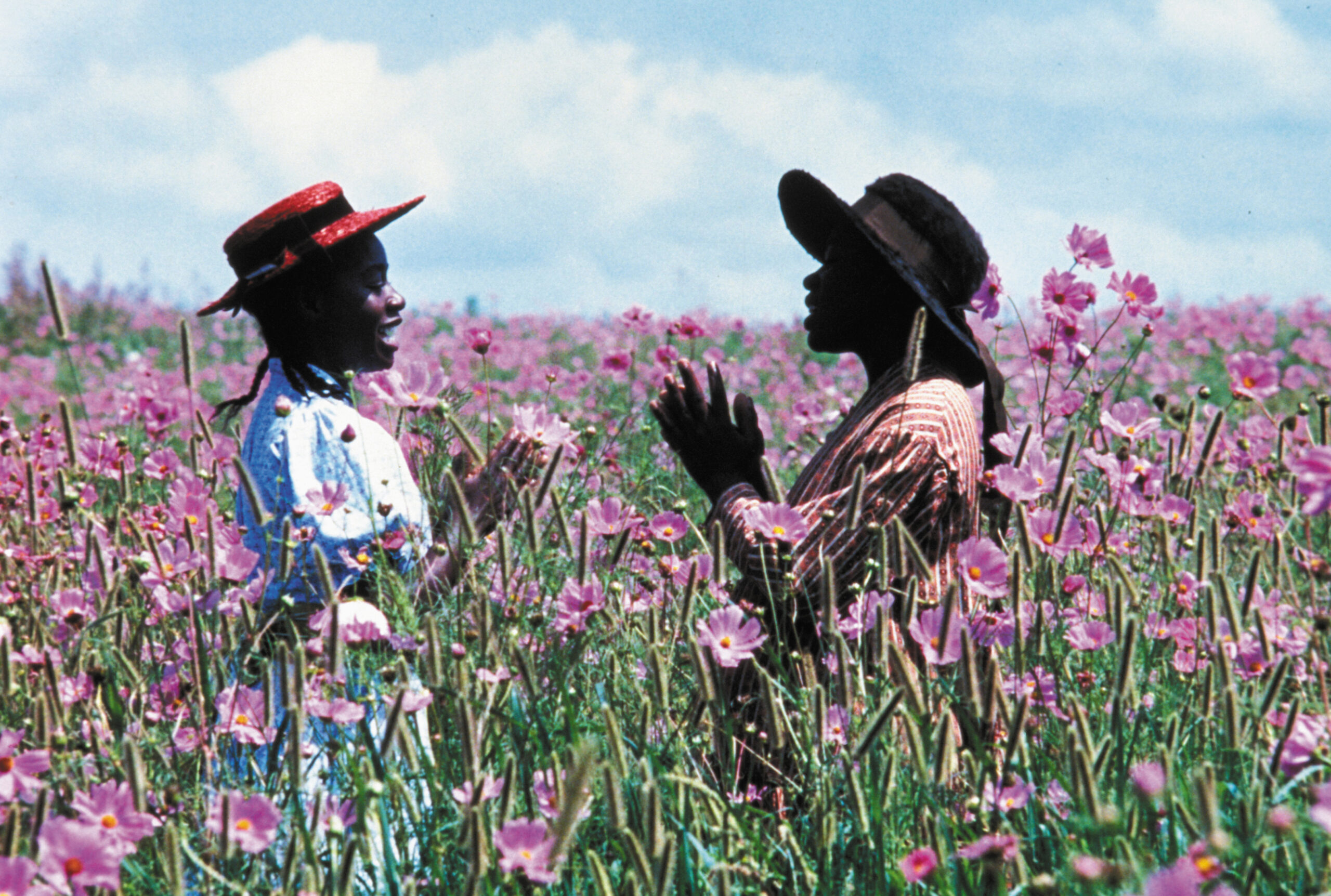
(Photo: Young Celie and Young Nettie playing Makidada in the beginning of The Color Purple, 1985.)
It seems no coincidence that Women’s History Month follows Black History Month – in my adulthood, I’ve felt as though the two are personally connected, one seamlessly flowing into the next. Naturally, each month deserves its own flowers, but as a Black woman each identity cannot stand alone, they must coexist. As someone who also identifies as genderqueer, Black womanhood is something I haven’t wanted to surrender – I didn’t want to lose the parts of me I hold so dear: a connection with my roots, my family ties, and my individual autonomy. Black women always have and always will live fearlessly and effortlessly in a category all our own.
Since its inception as a novel in 1982 (and shortly followed by the original film adaptation in 1985), The Color Purple has been a transparent and moving testament to the perseverance of Black womanhood and sisterhood, themes that have been pivotal in my own existence. Both the first film adaptation and the new 2023 version of Alice Walker’s award-winning novel, are literally bookended by a showcase of the bond between the main character Celie Harris and her sister Nettie, the true love story of the film and my own life.
Me and you, us never part.
Me and you, us have one heart.
Ain’t no ocean, ain’t no sea.
Keep my sister away from me.
Steven Spielberg’s 1985 film begins with Celie and Nettie as children playing a hand game they call “Makidada”, Swahili for “little sister”. The film ends the same way it began, but with older versions of Celie and Nettie, this time reunited after decades of involuntary estrangement – their love for one another, youthful and unaltered by time or distance. While Blitz Bazawule’s 2023 film – starring Fantasia Burrino as Celie, Danielle Brooks as Sofia (Oscar-Nominated), and Taraji P. Henson as Shug Avery – is ultimately an adaptation of the acclaimed Broadway musical version of the story, the same spirit and underlying messages of the original film remains nearly 40 years later.
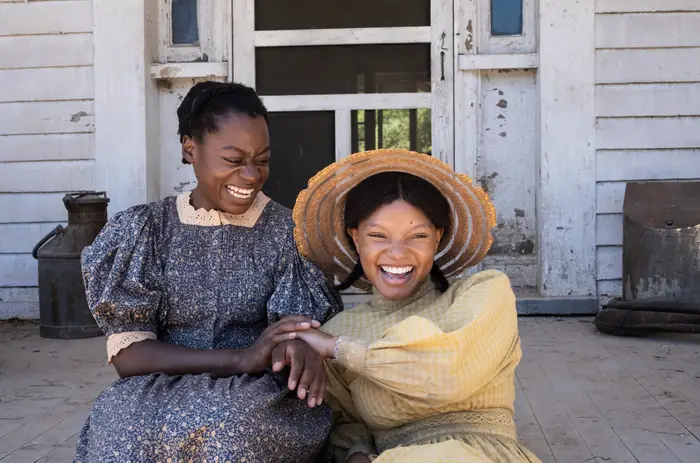
(Photo: A promo photo of Phylicia Pearl Mpasi as Young Celie and Halle Bailey as Young Nettie in The Color Purple, 2023.)
The day after Christmas, I viewed the recent film on a family trip to the movies with my mom, aunt, and younger sister. After a bit of a late arrival (my mom and I missing a couple minutes of the beginning of the movie) we settled in for over two hours of vibrant storytelling. Out of all of us I’m the only one who really enjoys musicals, but the others can never pass up an opportunity to support the culture.
My mom and aunt grew up with and have always been a fan of the original. My sister [sidenote: my aunt is my mom’s sister and has two kids, my first cousins, who I call my brother and sister] had never seen the 1985 version and entered the theater virtually a blank slate. For generations, our family tree has been held up by countless branches of resilient, brilliant, phenomenal women. As the ladies in my life who most feed my soul and inspire my heart, it was such a joy and an honor to share that experience with them. We laughed, we cried, we danced in our seat, and we debated our reviews as the credits rolled.
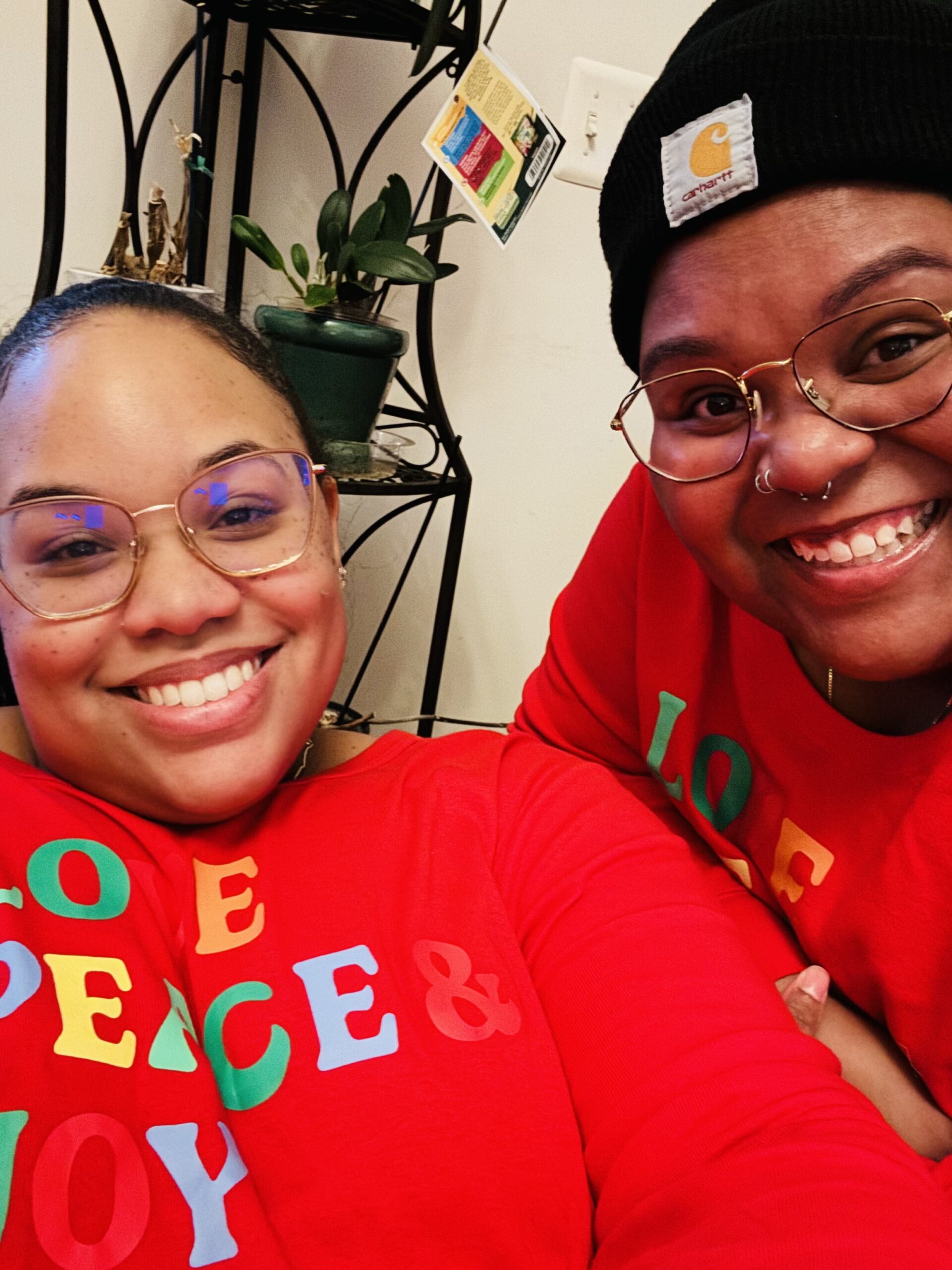
(Photo: Nette and I celebrating with family, Christmas 2023.)
The simple fact of the matter is that our parents leave us too early and everyone else comes along too late. Our siblings are the only ones who are with us for the entire ride. The Color Purple (2023) reawakened that realization for me. It made me reflect on my bond with my own sister, the only person on this planet I’ve known since before she was born. The person I endlessly talked to before she could even speak. The special someone who I’ve always shared a weird fraternal-Irish-twin telepathy with. My built-in best friend, biggest fan, most honest critic, and fierce protector.
As most relationships do, we’ve had our rough patches (hey, puberty is rough for everyone). Our pre-teen years were saturated with bickering and misunderstandings – clouded by our differences, shrouded by hormonal anger, and sprinkled with latent jealousy. We were never enemies, far from it, but it’s almost like we lost sight of each other, and ultimately ourselves, for a few years. High school years saw an inevitable peace treaty, signed by opposite cliques and similar sports schedules. Even though our academics and extracurriculars kept us busy, we still found time to cackle together and run shenanigans in the off-seasons. As two kids who spent most of our childhood scolded by our grandmother in the early hours of the morning for making each other laugh instead of sleeping, it was nice to get our stride back.
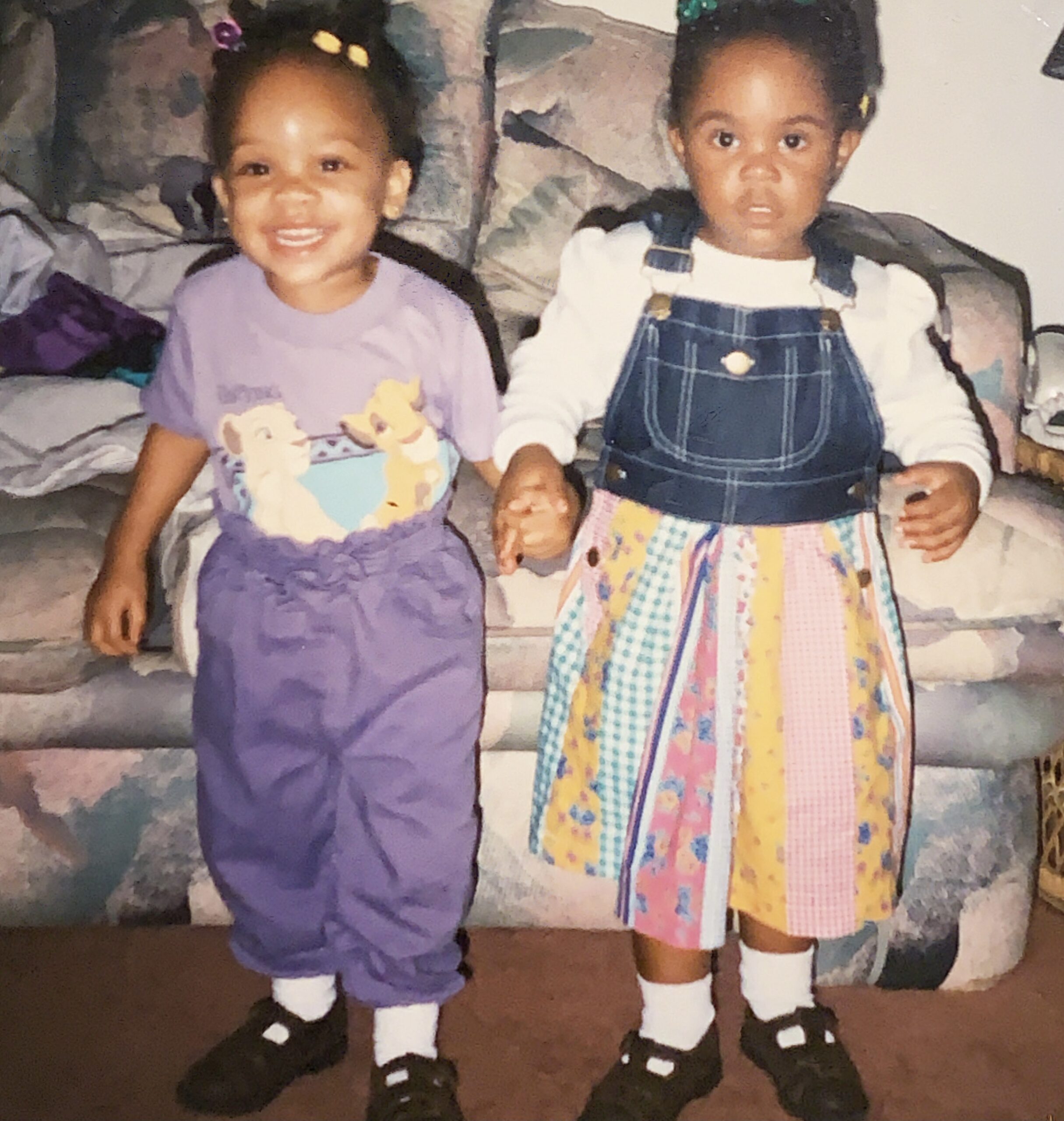
(Photo: The original Tia and Tamera! Sister, Sister; est. 1993.)
Over the years since, many things have changed for better or worse, but the one thing that has remained constant is the unyielding love and respect we share for one another. As a family and individually, we’ve faced some turbulent challenges and in return, some beautiful wins. Every year brings us closer and gives us more memories to bookmark in our story of sisterhood. Much like Celie and Nettie, there is no amount of distance or time that could sever our connection.
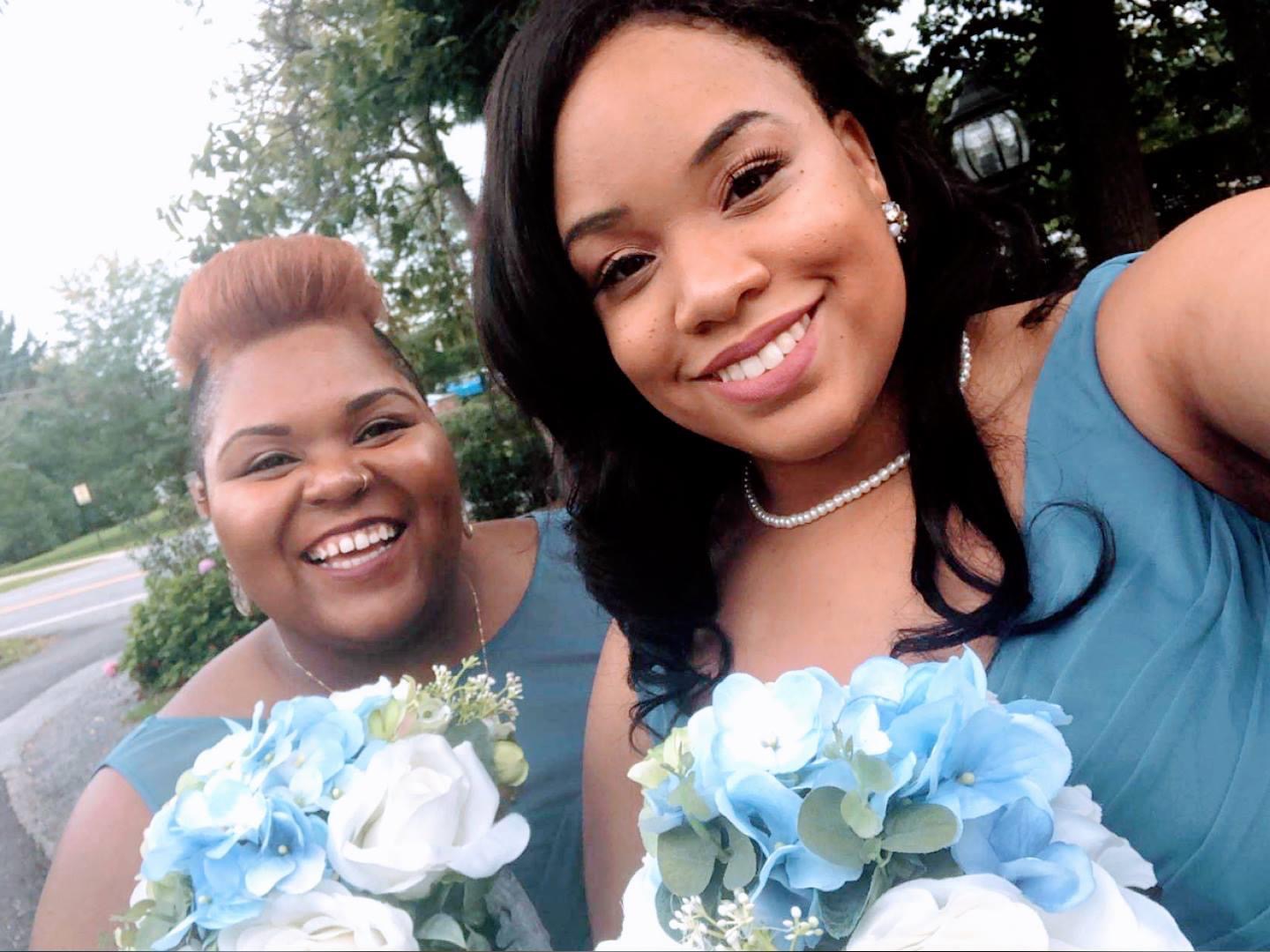
(Photo: Us as bridesmaids in our older brother Harlon’s wedding in 2018.)
The Color Purple at its core is a tale of Black women of different shapes, sizes, and colors, choosing the positivity and growth of sisterhood over the negativity of harsh patriarchal values. Its most successful message lies within the magic of its female characters and their love for one another; how they protect and mentor one another, how they lift their sisters up, and how platonic and familial love helps lay the groundwork for self-love.
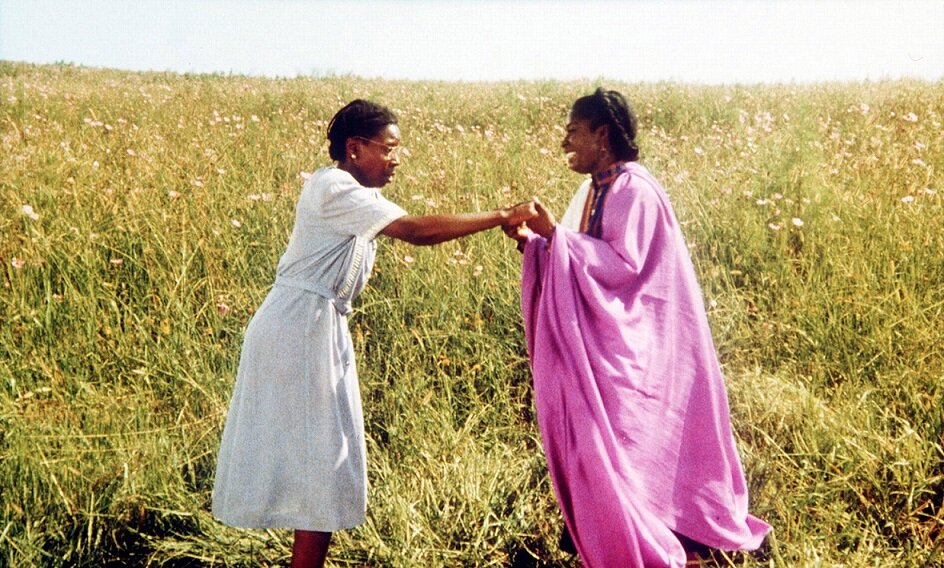
(Photo: End scene from the 1985 film where Older Celie and Older Nettie are reunited after decades apart.)
For centuries Black women have been the lifeblood of the family and the heart of the movement. They know the true meaning of adversity, both inside their own homes and out in the world. They have raised generations of children, conquered the workforce, championed civil rights for all, and become the most educated demographic in the nation.
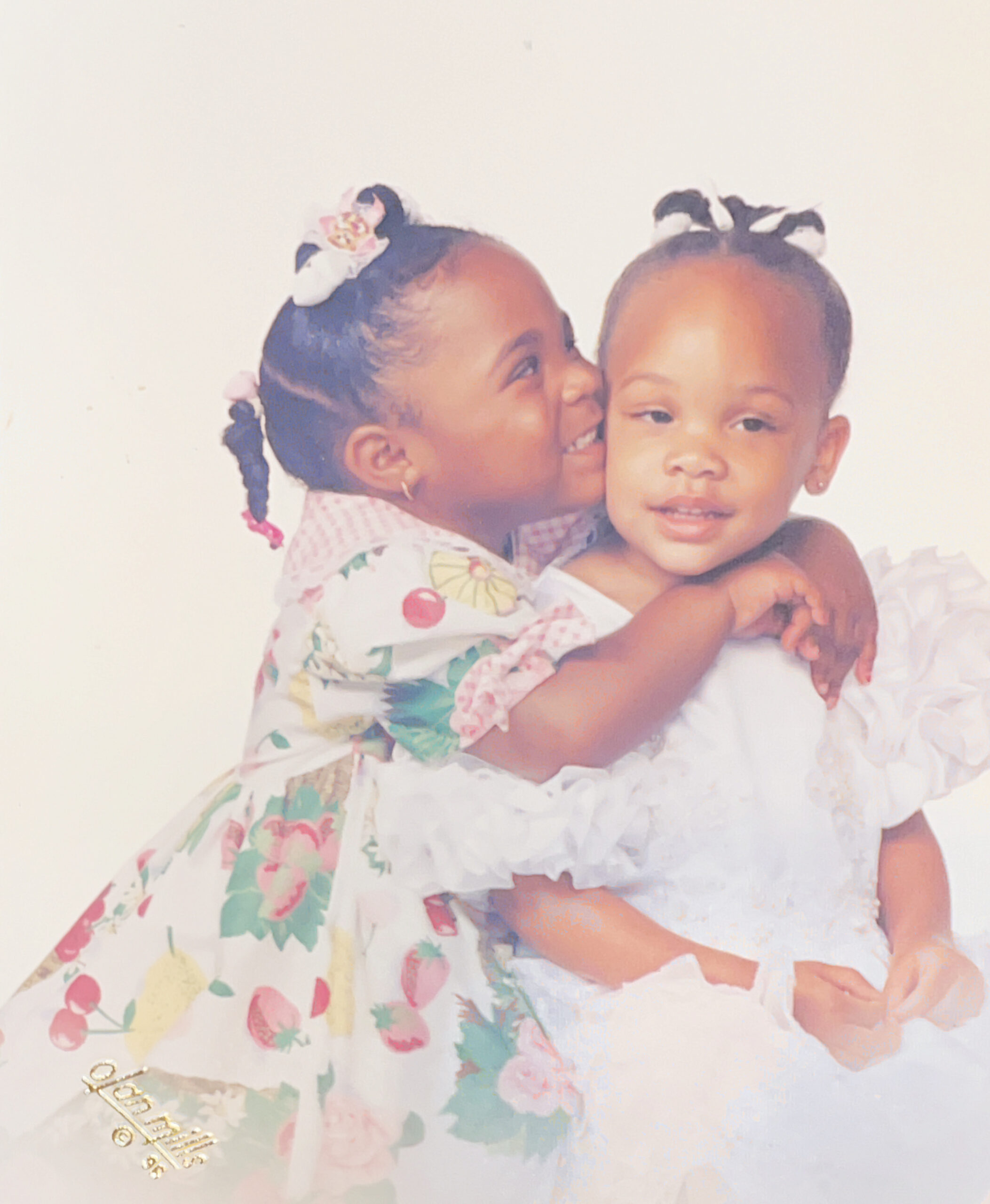
(Photo: My sister, Antoinette, and I at a very 90’s Olan Mills photoshoot.)
Our incomparable strength has always come at the cost of tragedy and pain, and while I don’t fully love the idea of admiring a struggle we did not choose, it is ultimately a personal history I would not change. For I know I am the product of every female hero that came before me – that without decades of sisterhood, motherhood, and deep friendship I would not be here. My sister is my guiding light, my moral compass, and together we are our ancestor’s wildest dreams.

